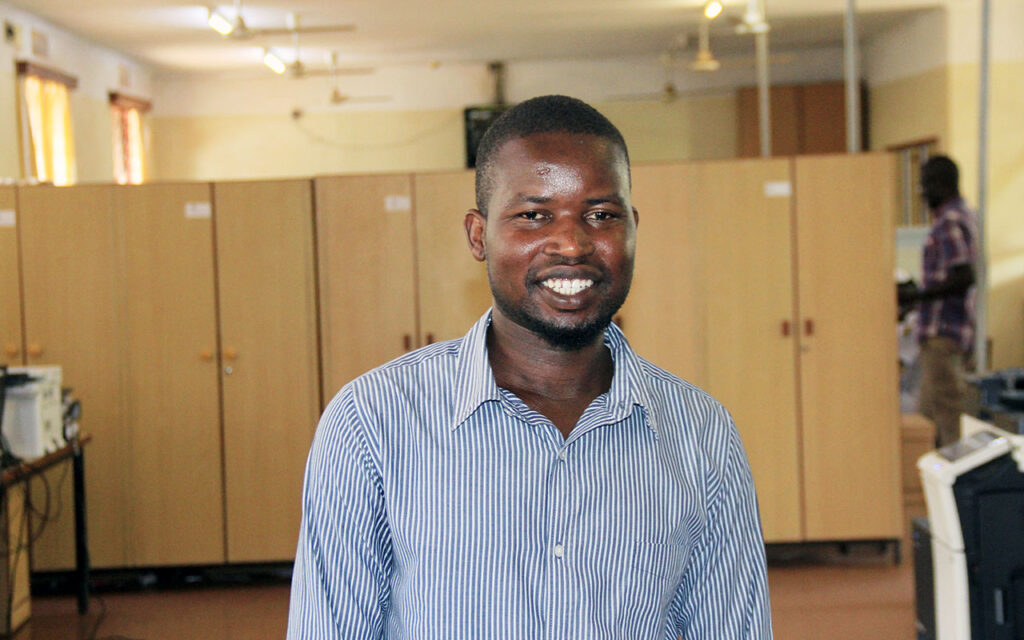Sporting inspiration – exercising with a bleeding disorder
Our Project GYM resources provide hints and tips on exercise for people with bleeding disorders and personal trainers
From the UEFA football championship, tennis at Wimbledon, and countless races, meets and tournaments, to the Olympics and the Paralympics, summer 2024 continues to be a busy time for sports. It’s exciting, entertaining and inspiring.
While many will be content to sit back and enjoy the spectacle, these events will prompt others to get more active or maybe try a new sport.
Does it make a difference if you have a bleeding disorder? Well… yes – but it doesn’t have to stop you from being more physically active.
Exercise benefits
The benefits of regular exercise are widely recognised. Historically, people with a bleeding disorder have been discouraged from taking part in physical exercise and sports – but having access to more effective treatments has helped to change that.
Haemophilia care today supports physical activity. A healthy, active lifestyle, including exercise that strengthens muscles and joints, can help prevent injuries and bleeds. And there are benefits for mental health and wellbeing too.
The important thing is to know and work around any issues you have. You should speak with your physiotherapist for guidance on how to exercise in a way that works for you.
Promoting fitness
Working out at a gym is a great way to build up strength and fitness – but it can be daunting if it’s something you’ve never done before.
With Project GYM, Haemnet worked together with fitness professionals at the YMCA Club in London and specialist physiotherapists to encourage gym-going and physical activity among young men with haemophilia.
As well as advising the study participants, the study team provided educational sessions for the personal trainers to make sure everyone understood the benefits of exercise for people with haemophilia and how to deal with any issues that may arise.
By the end of the study, we’d seen some very positive benefits. The young men who took part told us they felt generally happier and more confident – and that they were able to play more football. One participant proudly told us:
“I can train hard and be just as good as you.”
On your marks, get set…
Are you inspired by the Paralympic rowing team’s Ed Fuller? Do you picture yourself cycling into sporting history as the next Alex Dowsett? Maybe swimming like Jack Bridge is more your thing? Or do you just want to get a bit more active?
Whatever the reason, exercise and sports can be beneficial for everyone, with or without a bleeding disorder. Make sure you:
- Speak with your care team before you get started
- Let staff at your gym or sports centre know that you have a bleeding disorder
- Know and work within your limitations
Working with physiotherapist Paul McLaughlin and fitness professional Trisha White, we’ve developed some resources that cover things to think about when using the gym and which and may help when you speak with fitness professionals about your exercise goals
- Haemophilia and Working Out: Animated video with hints and tips on how to get started on your fitness journey
- Haemophilia – Advice for Personal Trainers: Educational video for personal trainers on working with people who have a bleeding disorder such as haemophilia
- Project GYM – Keeping Fit and Staying Active: Expert tips from Trisha White on strengthening and building muscles, including mobilising before exercise, resistance and bodyweight exercises, and stretching after exercise
To find out more about our studies or how to get involved in our research, email hello@haemnet.com


